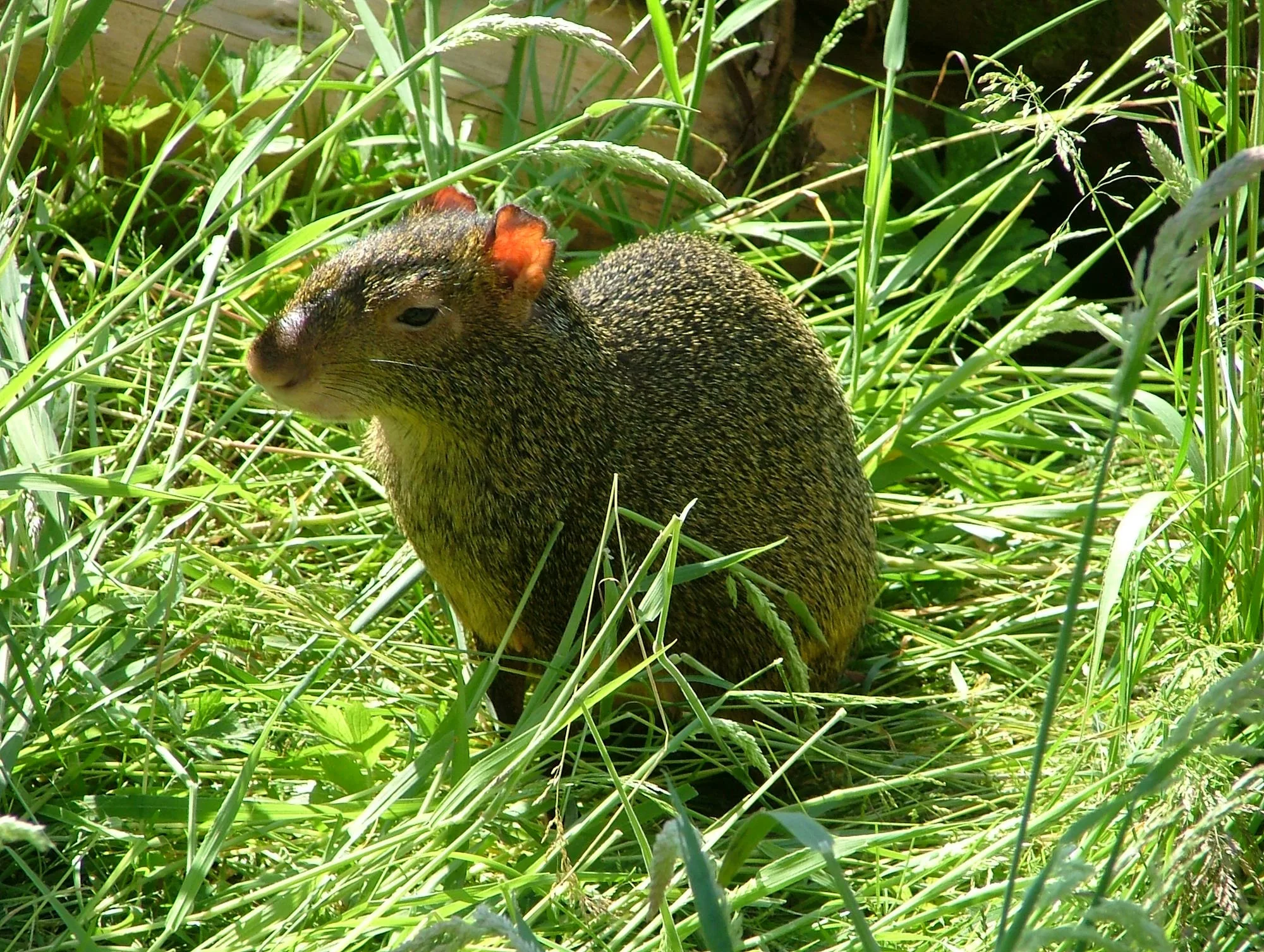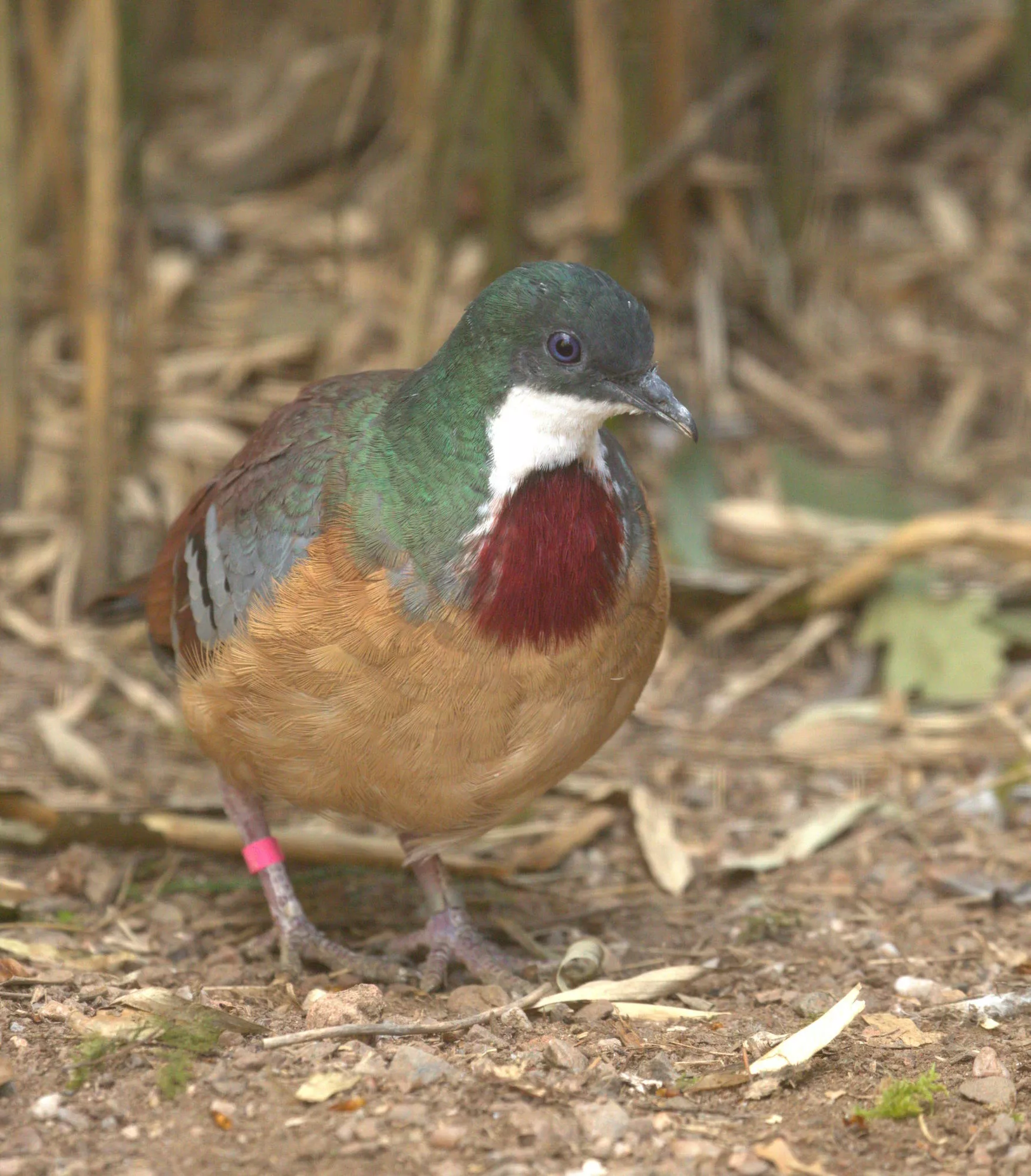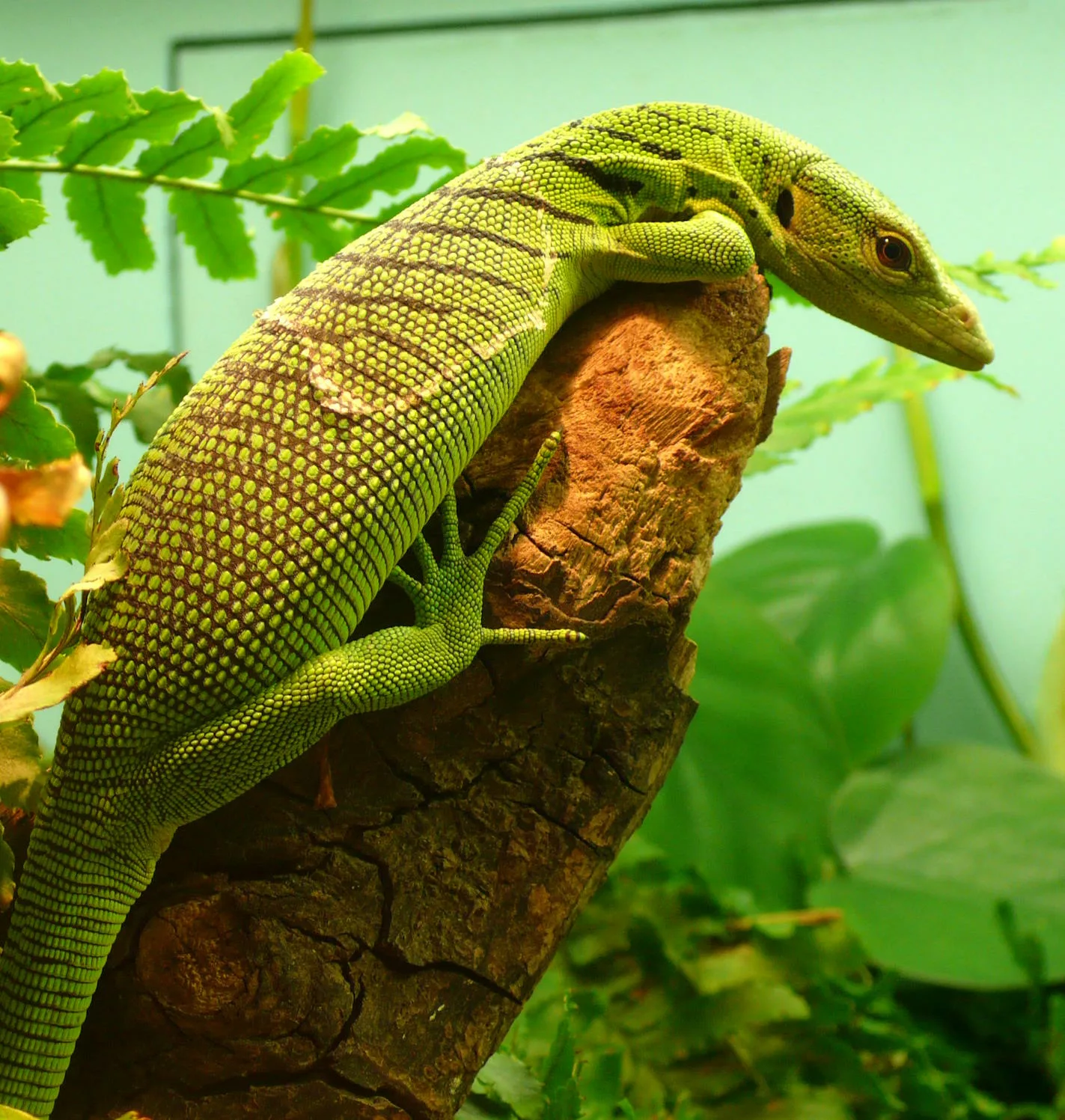
Green imperial pigeon
Scientific name: Ducula aenea
IUCN listed as: Least Concern
Learn before you visit!
Here are some facts about the species – Discover what they eat, find out about their natural habitat, see what they like to do, and more… Set the reading style to suit you too, everyday speak or something aimed towards children.
Child-friendly
Everyday
Diet
The Green Imperial Pigeon primarily consumes a diet rich in fruits and berries, such as figs, which they find in the forest canopy. These fruits provide essential nutrients and hydration, aiding in their overall health and energy levels. They play an important role in seed dispersal, which helps maintain the forest ecosystem. In captivity, their diet is supplemented with a variety of fruits, seeds, and vegetables to ensure balanced nutrition. This diverse diet is crucial for sustaining their vibrant plumage and active lifestyle.
The Green Imperial Pigeon eats mostly fruits like figs and berries. It has a strong beak that lets it eat whole fruits, and it helps plants by spreading their seeds. Sometimes it also eats leaves and flowers. It finds its food high up in the trees.
Breeding
Green Imperial Pigeons breed year-round, with a preference for the rainy season. They construct simple platform nests made from twigs and leaves, typically high up in trees. The female usually lays one or two eggs, which both parents incubate for about 28 days. After hatching, the chicks are fed by both parents and fledge around three weeks later. Ensuring a safe and stable environment is key to successful breeding.
These pigeons build nests out of sticks in tall trees. The female lays one white egg, and both parents take turns keeping it warm. When the chick hatches, the parents feed it until it is big enough to leave the nest. They take very good care of their chick to make sure it grows up strong.
Habitat
The Green Imperial Pigeon inhabits tropical and subtropical forests across Southeast Asia and the Indian subcontinent. They prefer dense forests with abundant fruit-bearing trees. Habitat loss due to deforestation and agricultural expansion poses a threat to their populations. Conservation efforts focus on preserving and restoring these critical habitats. Protecting their environment is essential for their survival and the health of the ecosystem.
These pigeons live in tropical forests and swamps in southern Asia, like Nepal and Indonesia. They love tall trees where they can find food and build nests. They can also live in gardens near people. They are very good at living in different kinds of forests.
At the zoo
In zoos, Green Imperial Pigeons are kept in aviaries that replicate their natural habitat with plenty of trees and foliage. These aviaries provide space for flying and natural behaviours, such as foraging and nesting. Zoos play an essential role in conservation through breeding programmes and public education. By teaching visitors about these pigeons and their role in the ecosystem, zoos help raise awareness of their importance. Regular health checks and a nutritious diet ensure their well-being in captivity.
In zoos, Green Imperial Pigeons live in large birdhouses that look like their forest homes. They eat a mix of fruits and special bird food to stay healthy. Zoos use these birds to teach people about tropical forests and why they are important. Some zoos help with breeding to keep the pigeon population strong.
Behaviour
Green Imperial Pigeons are primarily arboreal, spending most of their time in the forest canopy. They are social birds, often seen in pairs or small flocks. Their flight is strong and direct, and they are known for their distinctive cooing calls. These pigeons play a crucial role in seed dispersal, helping maintain forest diversity. Understanding their behaviour helps in developing effective conservation strategies.
Green Imperial Pigeons live mostly in trees and are known for their loud, deep calls. They fly fast with strong wing beats and like to stay in small groups. They help forests by spreading seeds when they eat fruit. They are very important for keeping forests healthy and full of different plants.
Fun facts
- Colour-Changing Feathers The Green Imperial Pigeon’s feathers can change shades from green to purple depending on the light, making it look like it has magical colours.
- Seed Spreader These pigeons help new plants grow by spreading seeds when they eat fruits, making them important for the environment.
- Tall Nests They build their nests high up in trees, keeping their eggs and chicks safe from many predators.
- World Traveller They are found in many countries across southern Asia, including India, Nepal, and Indonesia.
- Big Bird At about 45 cm long, they are one of the largest pigeons, making them easy to spot in the wild.
- Magic Feathers The Green Imperial Pigeon’s feathers change colour from green to purple in the light, like magic!
- Nature’s Helper These pigeons help forests grow by spreading seeds when they eat fruit.
- High Nests They build their nests high in trees to keep their babies safe from predators.
- Asia Adventurer They live in many countries in southern Asia, such as India, Nepal, and Indonesia.
- Big Pigeon They are one of the largest pigeons, about 45 cm long, making them easy to see in the forest.
More animals to discover at our zoo
Quick Links
Tickets & Prices
You can buy tickets for Exmoor Zoo securely online, as well as finding out more price options, discover offers, and more…
What’s on…
Exmoor Zoo hosts incredible Events all through the year. You can find out about what we’ve got in store here…
Routes & info
Like any great discovery, Exmoor Zoo can feel a little off the beaten path – but don’t worry – you can plan your journey with our recommended routes and other useful travel info.



























